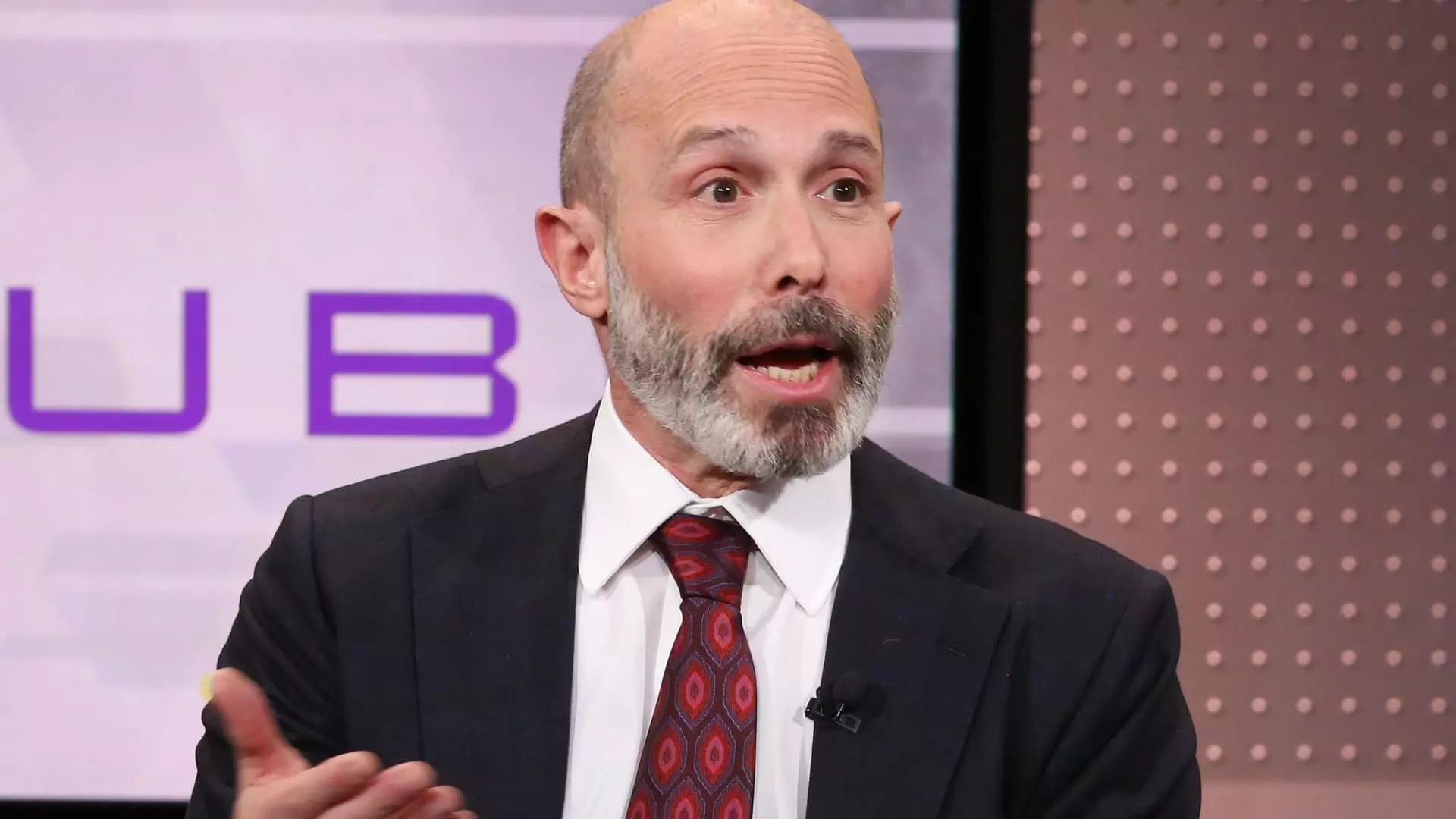California has always posed unique challenges for insurers, and companies like Chubb are feeling the continual strain. The state’s volatile climate, coupled with regulatory pressures, requires a delicate balancing act: maintaining profitability while managing risk exposure. This article dissects the current state of the insurance market in California, using insights from Chubb’s recent performance and strategic decisions.
Chubb’s CEO, Evan Greenberg, has repeatedly stressed the company’s unwillingness to participate in insurance markets that do not ensure a reasonable return on risk. This principle has guided Chubb’s insurance model, enabling the company to achieve strong financial results in 2024 despite the complexities of the Californian insurance landscape. As Greenberg noted, the recent quarter marked one of the most profitable in Chubb’s history, underscoring a successful navigation of this challenging environment.
However, this success comes amid growing concerns. The ongoing difficulties posed by devastating wildfires in the Los Angeles area have put immense pressure on insurance companies, including Chubb. As government regulations hinder the ability to raise premiums reflective of true risk, insurers are faced with a conundrum: how to sustain operations profitably without exacerbating the financial burdens of policyholders.
Recent predictions indicate that Chubb could face net pretax losses of approximately $1.5 billion in the first quarter alone due to the wildfires. This situation gambles with the longevity of their profit model. Chubb has attempted to counter this risk by reducing their exposure in wildfire-prone areas by half. However, the persistent issue remains that statutory measures aimed at protecting consumers ultimately create an unsustainable model that could lead to broader market instability.
Greenberg pointedly highlighted that while California is emblematic of the challenges faced, it is not the only state grappling with these issues. As insurers are compelled to swallow losses from natural disasters while facing restricted premium pricing, the long-term viability of covering high-risk areas becomes questionable.
Despite this tumultuous backdrop, Greenberg expressed optimism about Chubb’s resilience and capacity to navigate industry risks. The company aims to grow operating earnings and earnings per share (EPS) at a double-digit rate, attributing its ability to adapt to shifting market dynamics to its diverse revenue streams. P&C (property and casualty) underwriting, investment income, and life insurance are identified as fundamental pillars for future growth.
The commercial middle-market segment, catering to businesses with annual revenue below $1 billion, appears particularly promising given the rise of climate-related risks and litigation complexities. Unlike their regional counterparts, larger insurers like Chubb leverage advanced data analytics and robust reinsurance relationships, which could set them apart in an increasingly competitive field.
Chubb’s financial performance metrics provide a stark contrast to the narrative of risk and uncertainty. A notable 7% increase in P&C underwriting income compared to the prior year, along with a commendably low combined ratio of 86.6%, demonstrates a proficient operational framework. Furthermore, global P&C premiums written surged nearly 10%, while life insurance premiums surged 18.5%, showcasing a robust and diversified portfolio.
In the high-net-worth insurance segment, Chubb particularly outperformed, where premium growth surged by 10%, attributed partly to a 34% increase in new business. The homeowners’ insurance segment reflected similar upward trends, with prices rising over 12%, illustrating the firm’s effective pricing strategies.
Interestingly, while Chubb continues to thrive in niche markets, challenges remain, especially in agriculture insurance. The recent drop in agriculture premiums highlights the fluidity of market conditions, where external factors, like commodity prices and governmental risk adjustments, can influence insurance dynamics drastically.
Chubb’s steadfast commitment to offering comprehensive coverage and exceptional service remains central to its strategy. This reputation helps the company retain affluent clients who value the differentiated offerings of a high-caliber insurance provider.
The current landscape for insurers in California, epitomized by Chubb’s experience, reveals a complex web of challenges and opportunities. While the adversities posed by natural disasters and regulatory frameworks are significant, there remains a strategy rooted in prudence and capitalizing on market trends. As industry leaders like Chubb adapt to fluctuating economic conditions, they exemplify both resilience and strategic foresight in a rapidly changing insurance terrain. The road ahead will require not just adaptive strategies but also an ongoing dialogue about the sustainability of insurance models in the face of escalating risks.


Leave a Reply